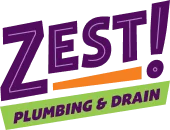Proudly Serving The Scottsdale, AZ Area
Blog

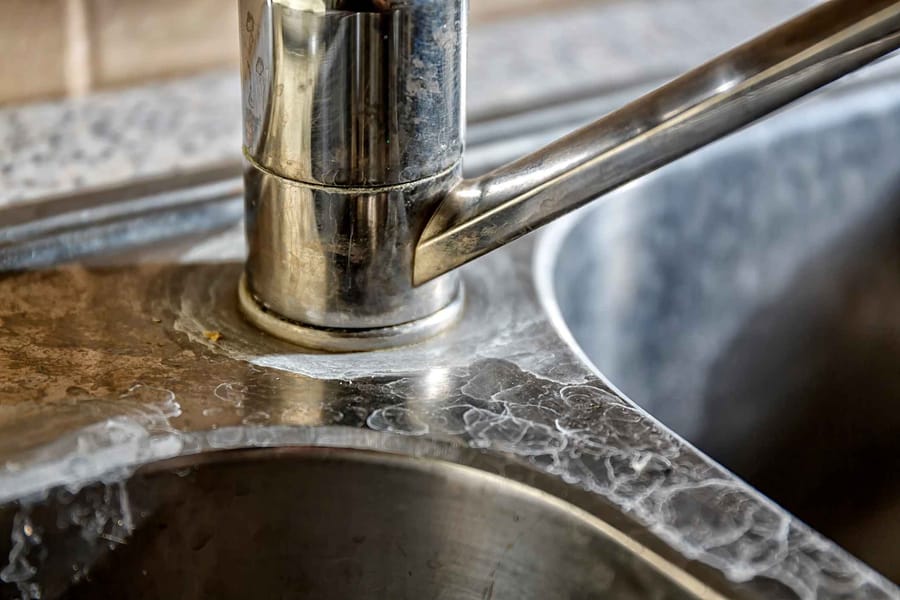
How Arizona’s Hard Water Damages Your Plumbing Over Time
Learn how Arizona hard water damages plumbing and how to protect your home with help from Zest Plumb...
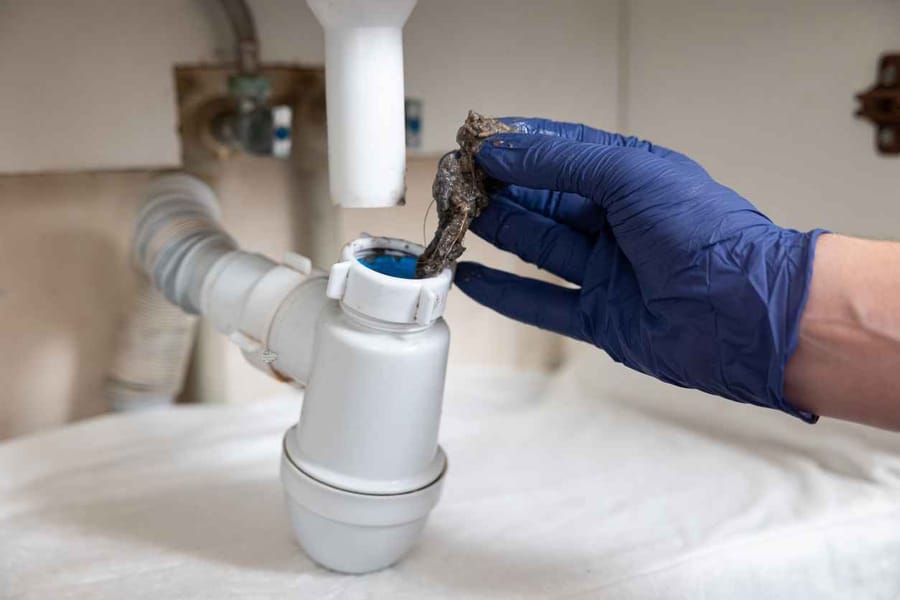
Top 5 Signs You Need a Drain Cleaning in Arizona (Before It Becomes an Emergency)
Zest Plumbing & Drain explains the top signs your Arizona home needs a drain cleaning and how to pre...
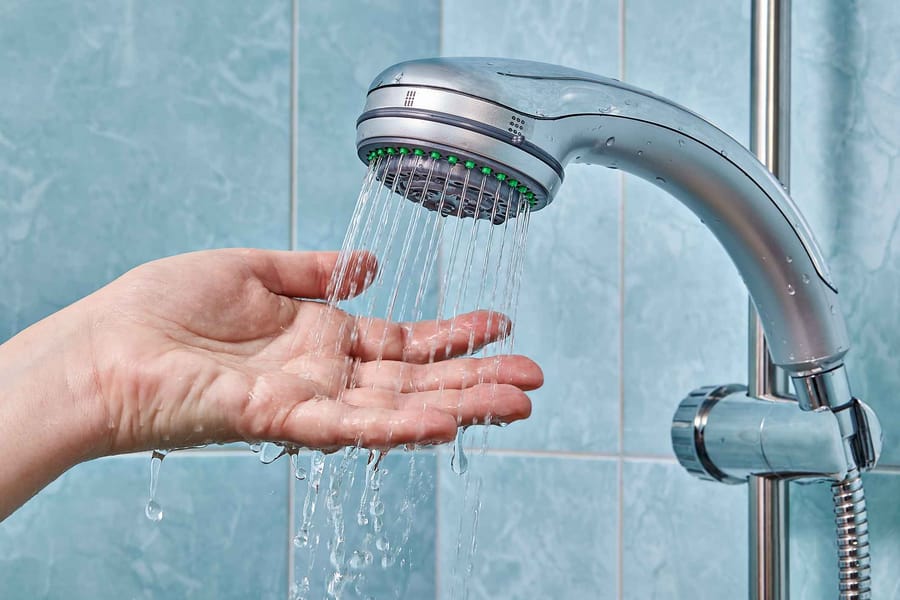
Why Your Shower Takes Forever to Get Hot and How to Fix It
Zest Plumbing & Drain explains why your shower takes forever to get hot and offers expert plumbing s...
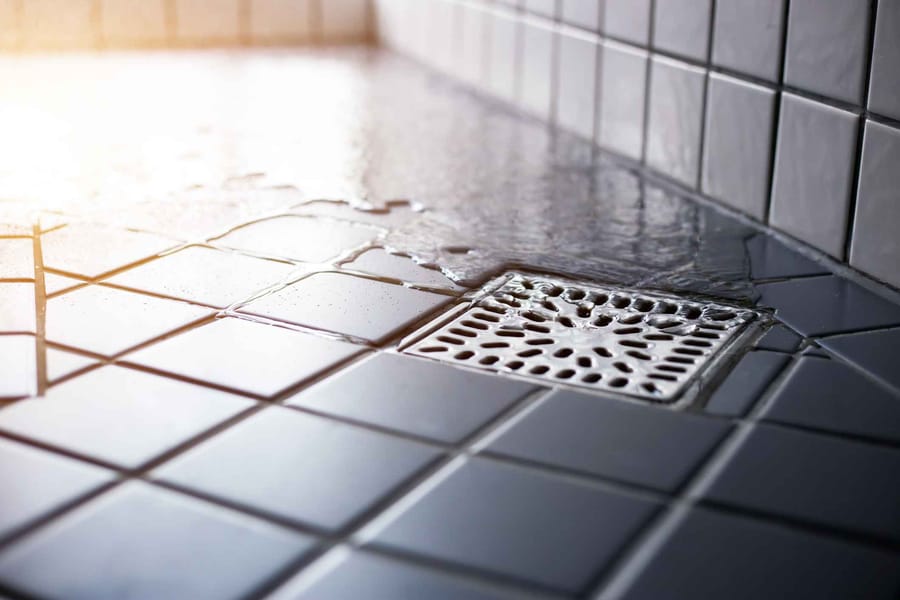
The Bathroom Drain Inspection Blueprint: What Every Homeowner Needs to Know
Learn the signs of hidden plumbing problems and how routine inspections protect your home. Call Zest...
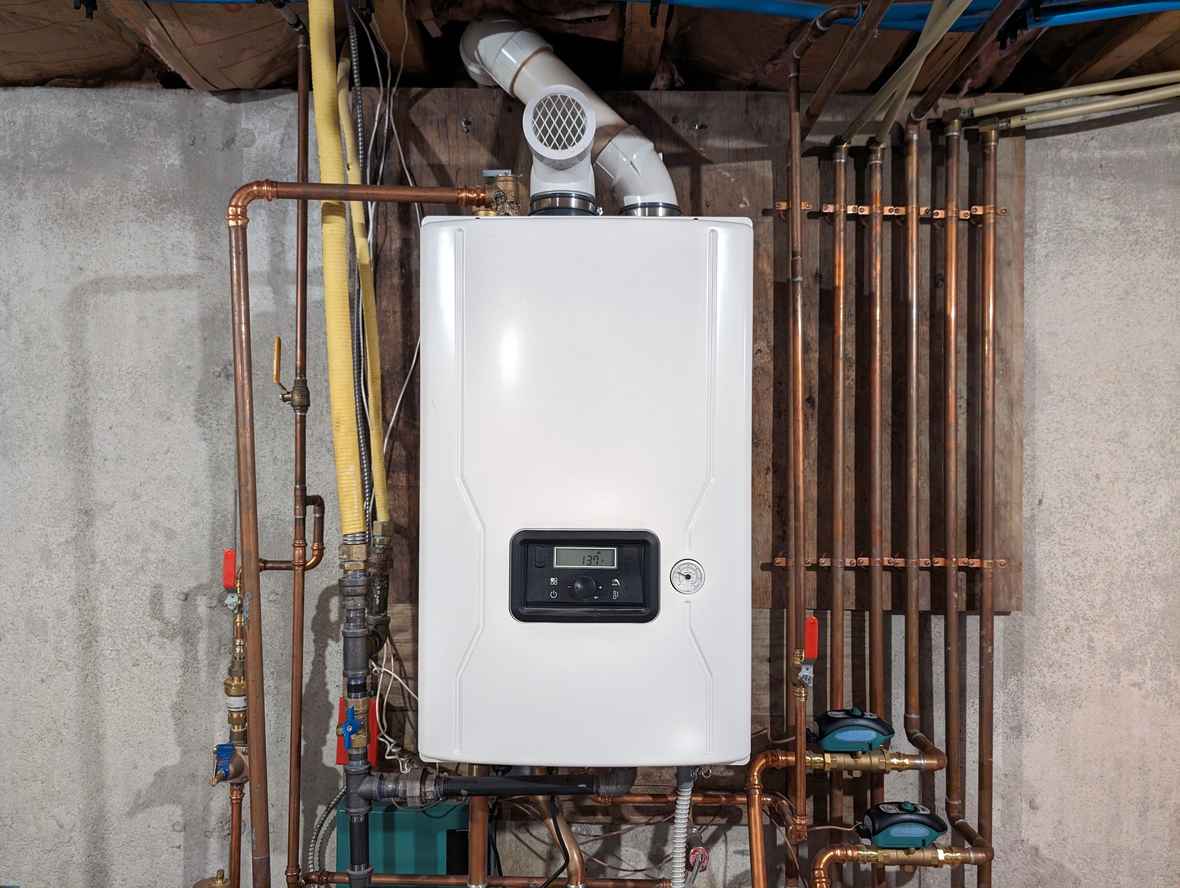
Choosing the Right Water Heater: Tankless vs. Storage for Your Scottsdale Home
Need a new water heater in Scottsdale? Call Zest Plumbing & Drain at (480) 630-5476. Compare tan...
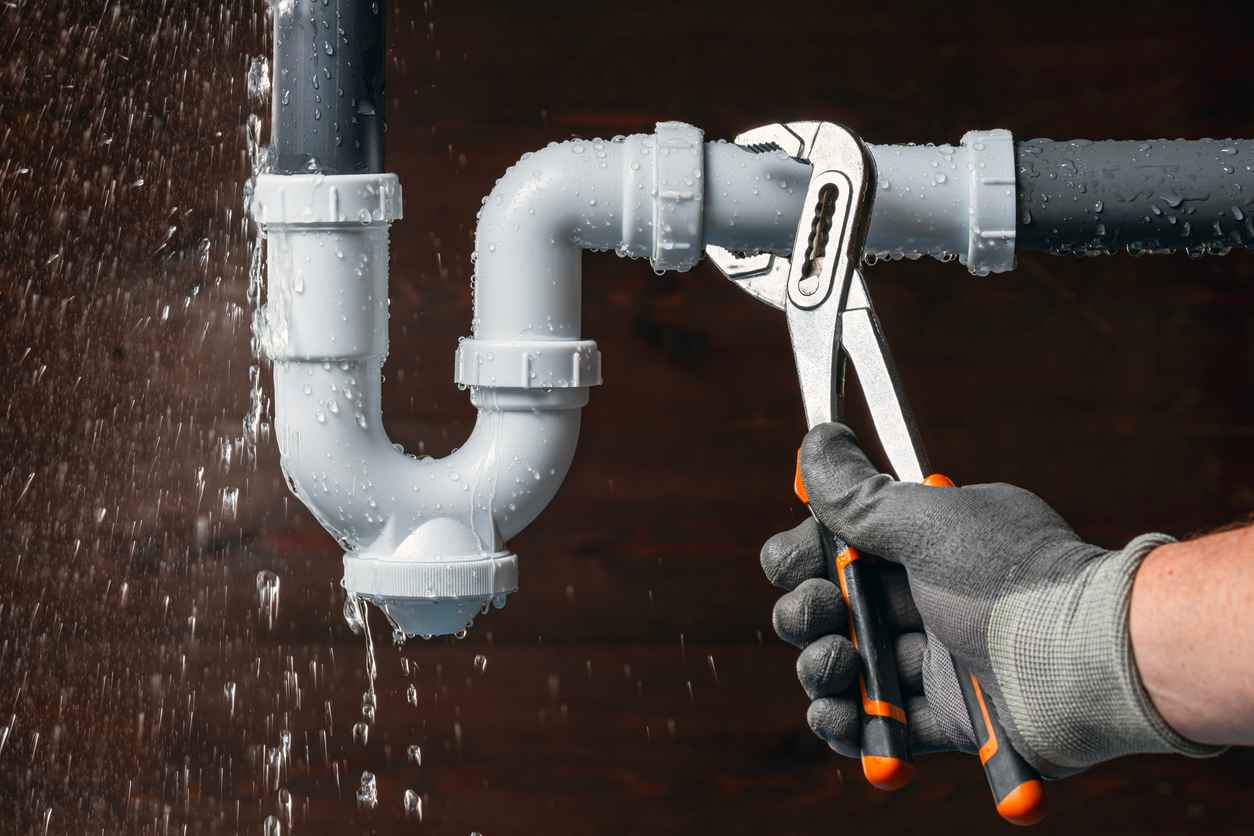
Seasonal Plumbing Maintenance Schedule for the Arizona Climate
Arizona’s heat and monsoons affect your plumbing year-round. Zest Plumbing & Drain shares a seas...
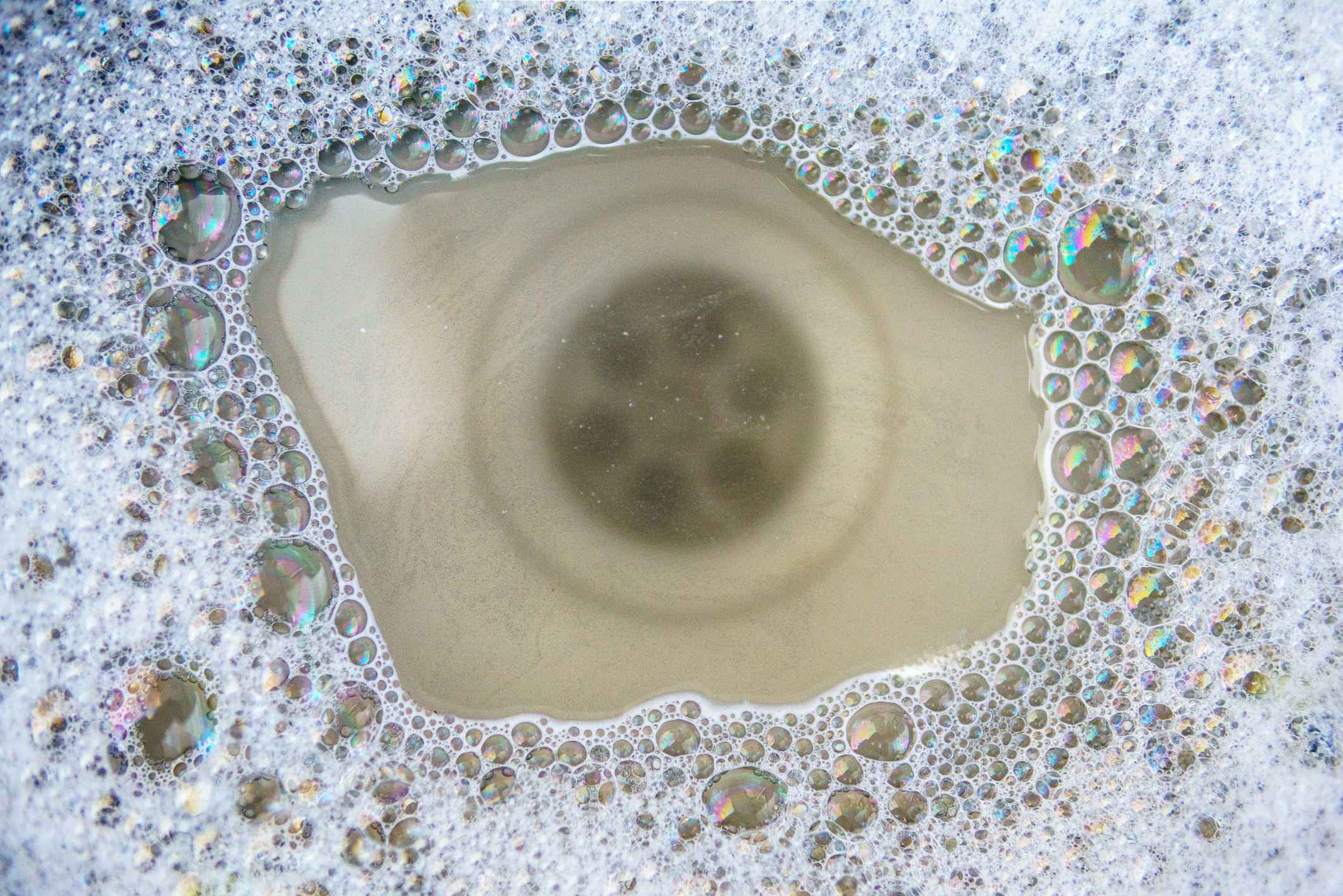
Signs of a Clogged Drain
Notice slow drains or gurgling sounds? Call Zest Plumbing & Drain at (480) 630-5476 for expert c...

How to Filter Water?
Discover the smartest ways to improve your home's water quality. Call Zest Plumbing & Drain toda...
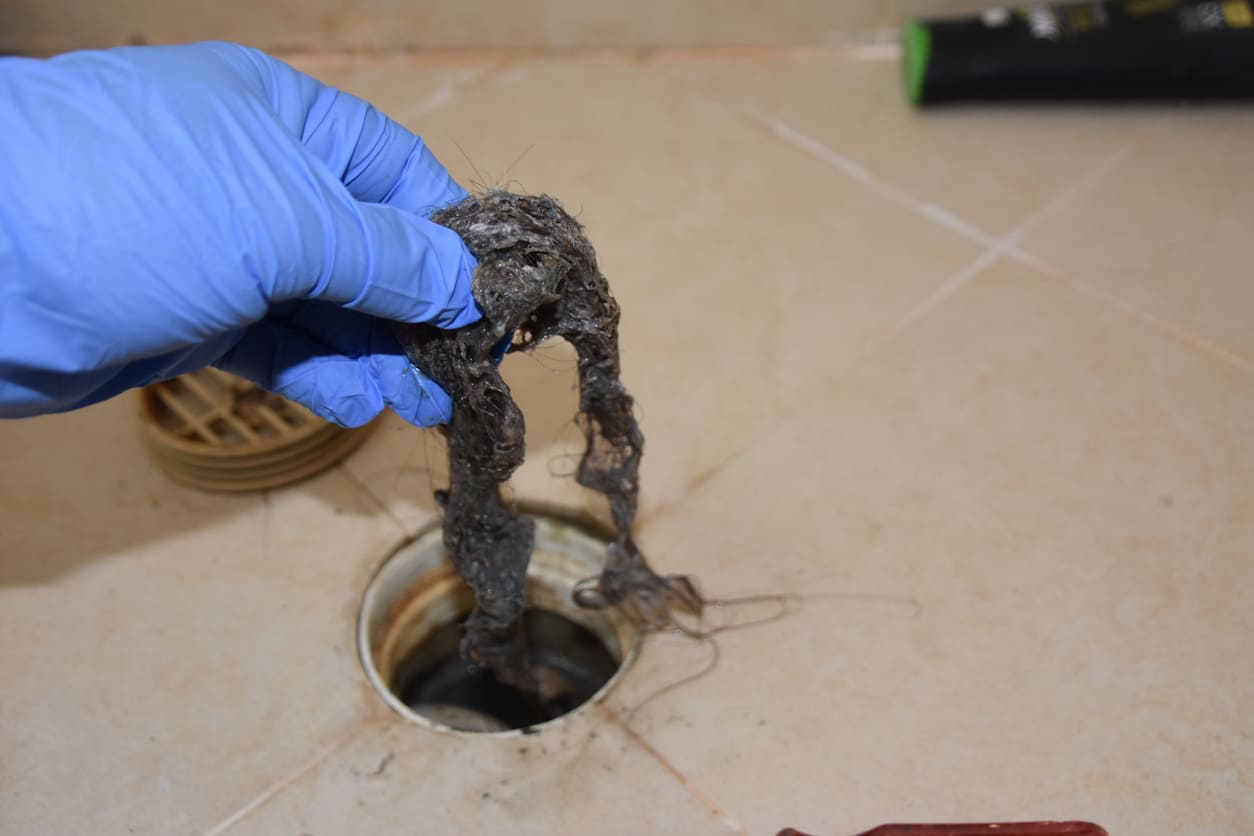
How to Unclog Shower Drain?
Learn what works—and what doesn't—when unclogging a shower drain. Call Zest Plumbing & Drain tod...
